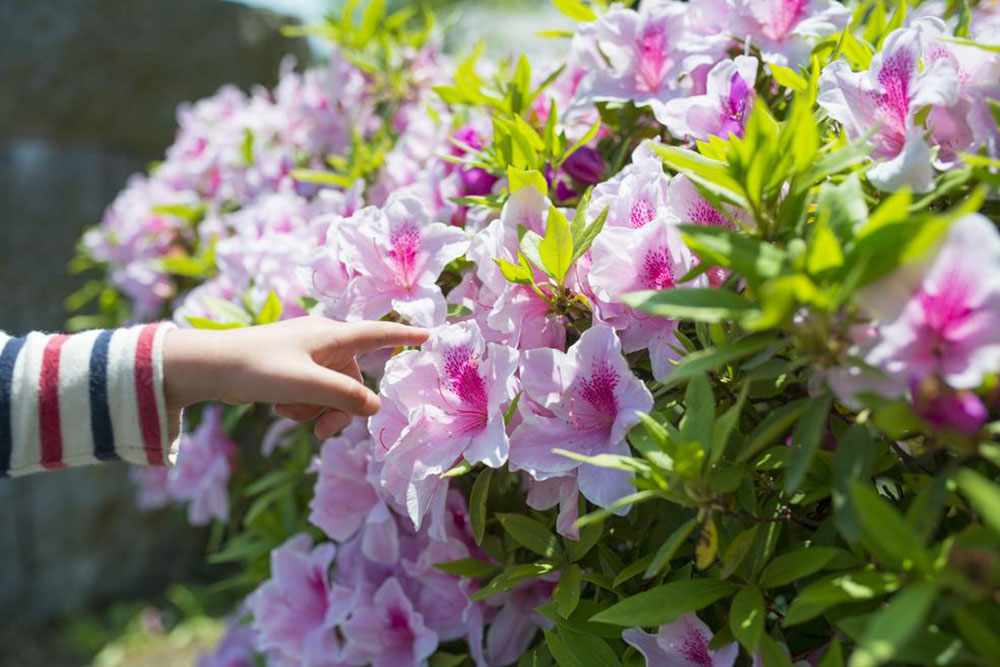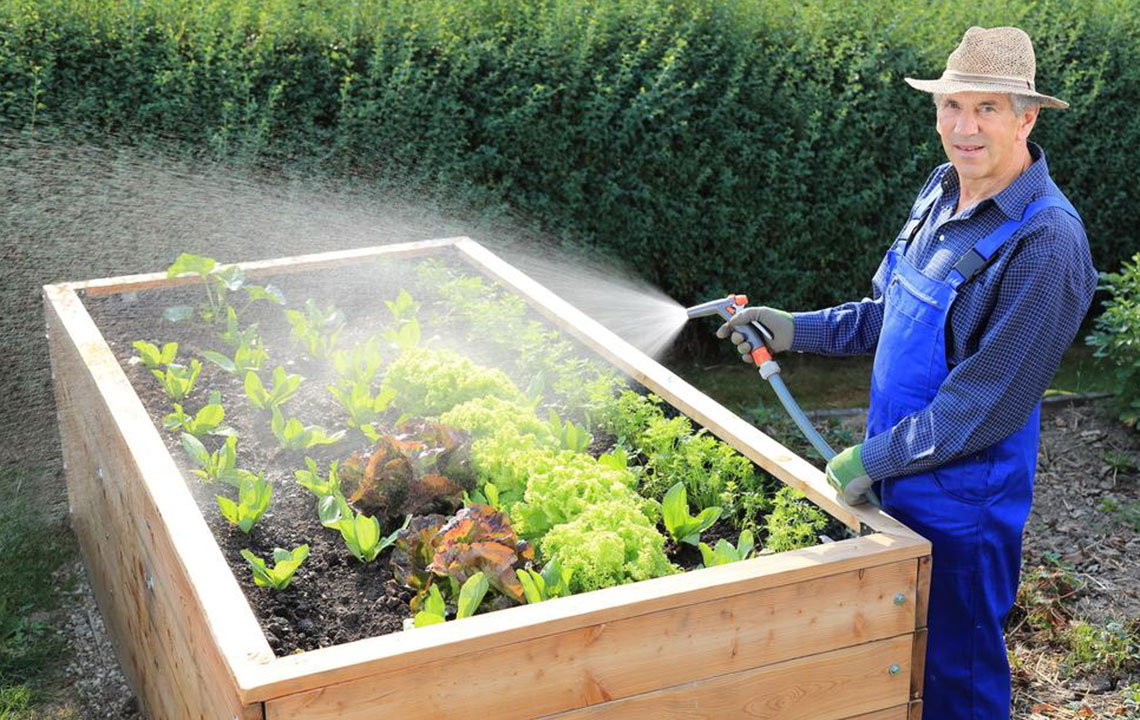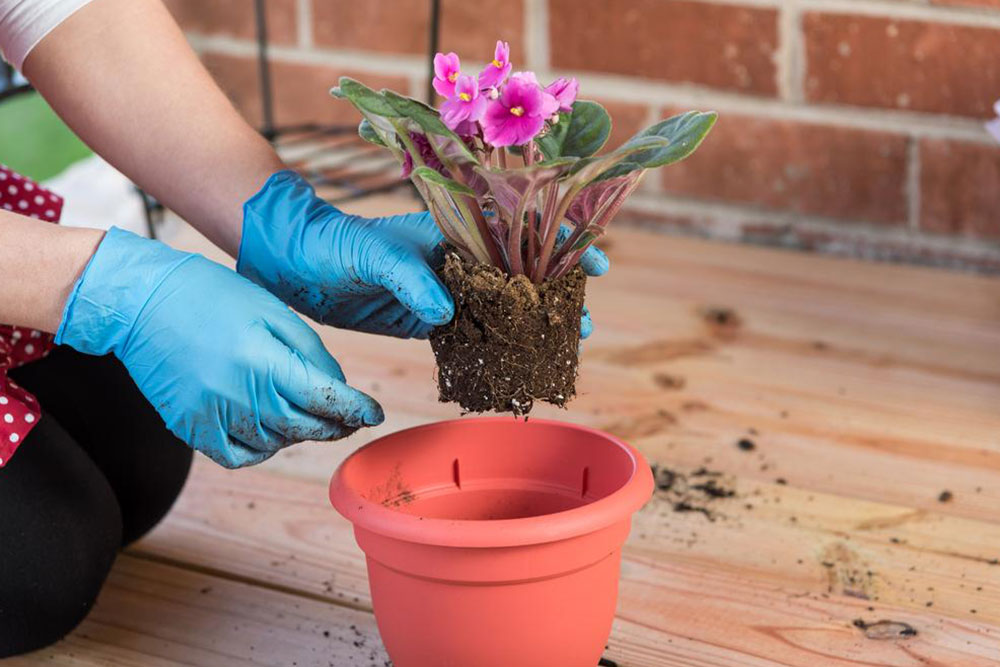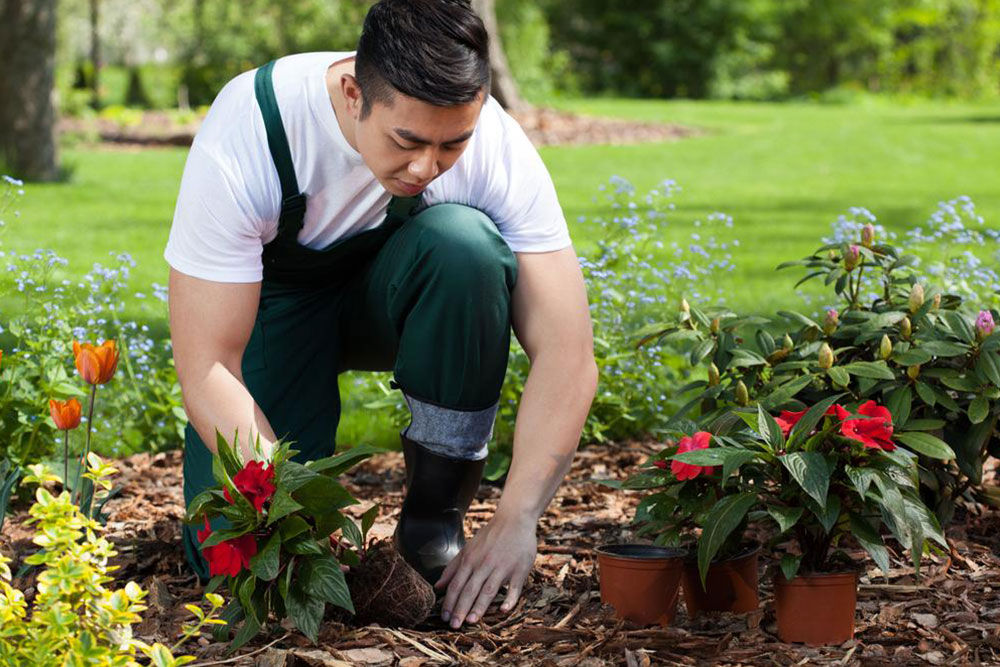Essential Tips for Properly Pruning Your Rose Plants
Learn effective techniques for pruning your rose bushes to enhance growth and health. This guide covers the best timing, tools, and methods to shape your roses properly, ensuring vibrant blooms and plant vitality. Discover how to identify the right time for pruning and tips for maintaining healthy, disease-free bushes for garden beauty.

Essential Tips for Properly Pruning Your Rose Plants
Unlike trees, rose bushes grow in dense shrub form without a central trunk. Regular pruning promotes healthy growth, helps shape the plant, and eliminates dead branches. Additionally, it enhances airflow around the foliage, reducing disease risk.
Optimal Time for Pruning Roses
Knowing your plant's hardiness zone is crucial. A hardiness zone indicates the climate conditions suitable for your roses, based on temperature extremes. There's no universal pruning season; however, the best time is when your roses begin to bloom. If you have a nearby florysthia, it can serve as an indicator since roses are typically pruned after flowering. Without florysthia, monitor swelling buds to determine readiness for pruning.
When pruning, always use sterilized tools for clean cuts. Ensure blades are sharp for smooth trimming. Make cuts at a 45° angle to promote water drainage, prevent infections, and facilitate new growth. Sealing the cut with paint or glue is optional but can deter pests. Remove any dead canes above their buds by about an inch. Eliminate weeds around the plant to prevent nutrient competition. Thin out crossing or fragile canes and shape remaining healthy stems. Deadhead fading flowers to encourage new blooms.
Note:
Our blog provides practical tips across various gardening topics based on research and expert insights. However, these articles are meant for general guidance and may not encompass all specifics. The website is not responsible for misinformation or variations in data across different sources. Readers should consult local experts for tailored advice and be aware that some offers or schemes discussed may not be applicable universally.










